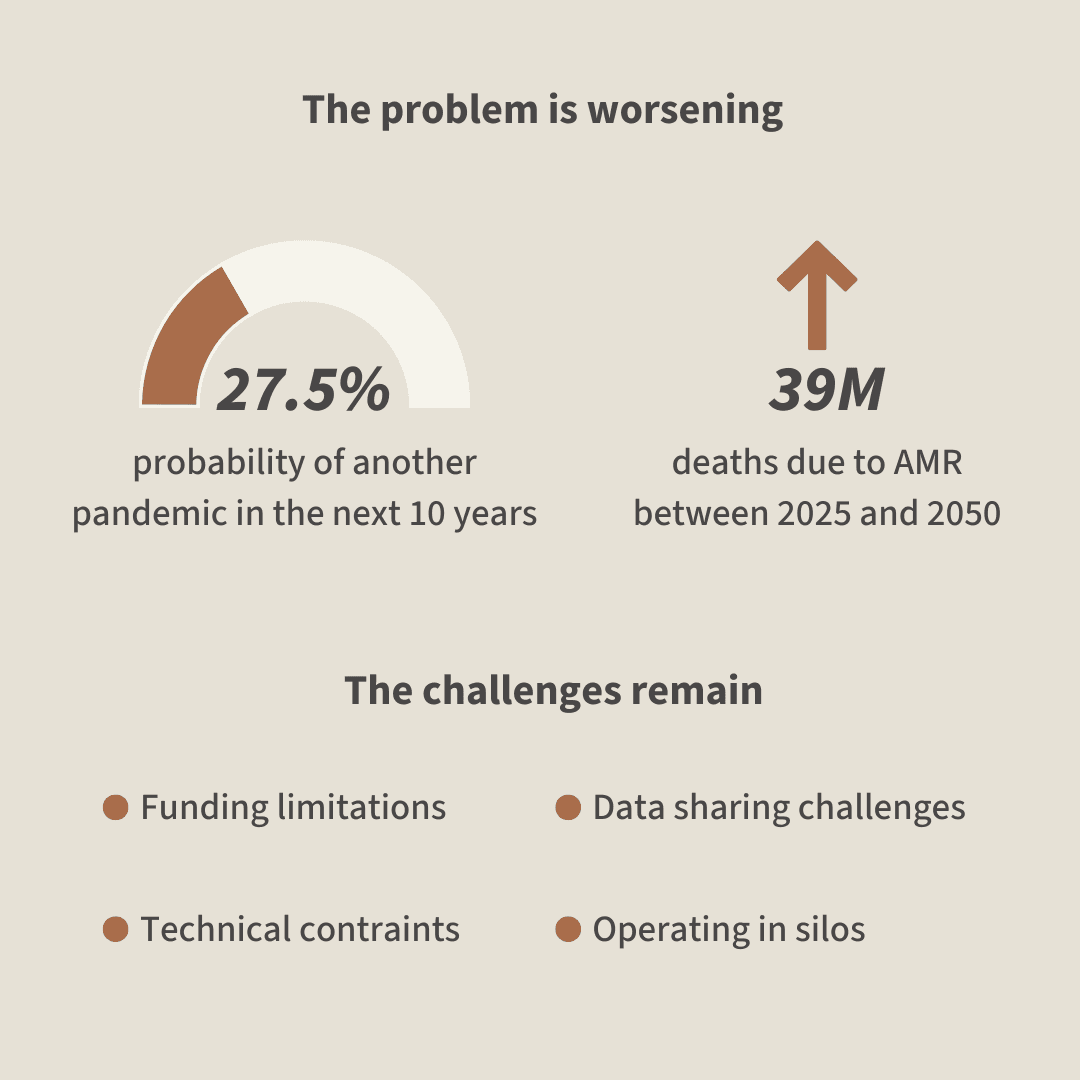Global Pathogen Analysis Service

Infectious Diseases and AMR are among the greatest challenges of our time
Climate change, rapid urbanisation, global travel, and changing land use are dramatically increasing the risk of emerging infectious diseases.
GPAS is targeting the millions of lives lost through the inappropriate treatment of infectious diseases and the avoidable escalation from local outbreaks to pandemics.

GPAS Bioinformatic Analysis Platform
In partnership with the University of Oxford, globally renowned for their expertise in pathogens, and Oracle, world leaders in cloud data management, we have delivered an industry leading, fully automated genomic analysis platform with secure, scalable cloud data management.

Its features and advantages include: human read removal, the transformational speed of its complete analysis & alignment to the WHO V2 catalogue.
Supported NGS Technologies: Illumina and Oxford Nanopore Technologies (experimental)
The SARS-CoV-2 analysis includes consensus genome assembly, lineage assignment, and identification of related isolates, for SARS-CoV-2 sequenced using tiled amplicon sequencing.
Its features and benefits include human read removal, the transformational speed of its complete analysis & phylogenetic relatedness.
Supported Technologies: Illumina and Oxford Nanopore Technologies.

